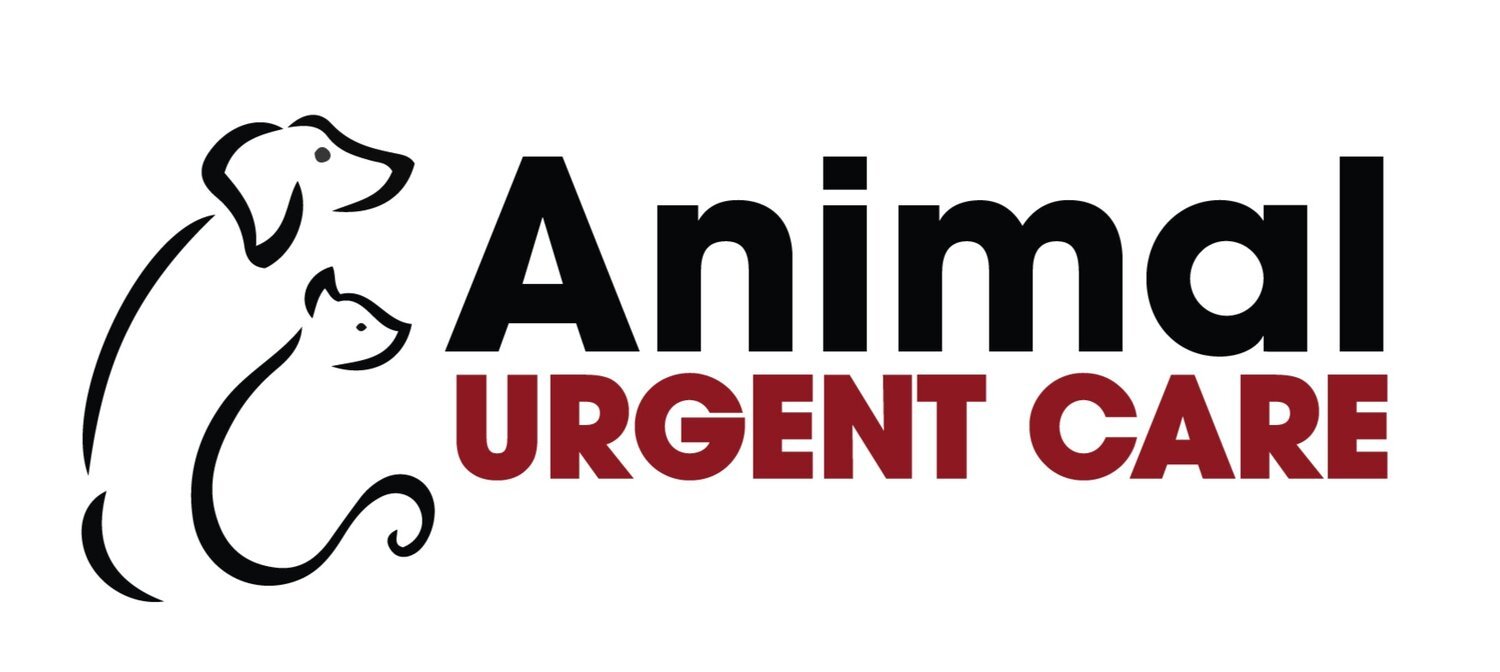The Preservation of Dignity
In veterinary medicine, and especially in the ER, we are often asked by our clients, “how do I know when it’s time to say goodbye?” Sometimes, this question is posed in conjunction with an even trickier, “what would you do if it was your pet?”
The answers to these questions are as delicate and personal as spiritual beliefs and often intertwined.
For many veterinary professionals, the focus of these conversations naturally pivots toward the limitation or avoidance of suffering for the animal involved. But there is another facet of this situation that also comes up frequently: the gift of allowing an animal to be released with their dignity intact.
A long time ago, when I was just a baby veterinary assistant, we had an older lab mix triaged to the Treatment Room when it showed up at our hospital. In case you don’t know, being triaged straight back is not the most ideal situation, it means something is very wrong and even the ER professionals are appropriately heightened. This pup, despite his wagging tail, was unable to walk or pick his head up. Our veterinarian, an experienced ER doctor, took one look across the room and grabbed the ultrasound on her way to the gurney. Unfortunately, our new furry friend, “Chase,” had an abdomen full of blood and we would have to act quickly if we were going to attempt to save his life. I went to gather his “mom,” and when she walked into our Treatment Room, she went straight to him, knelt on the floor in front of him and nose-to-nose looked deep into his eyes while she held his head in her hands and cried. The doctor told her what was found and the prognosis, though in that moment it felt like the client already knew what was going on somehow. We stood aside, both ready to activate and helpless until we knew the plan. And then, a moment I will never forget for the rest of my life.
The client kissed the pup’s nose, looked him in the eyes, and said to him, “we talked about this, and you’re supposed to tell me when it’s time.” After a minute or so of everyone in the room watching this with tears running down our faces, she looked up and told us it was time to let him go.
*
Pet owners struggling with the decision of when to euthanize a beloved pet react with the full spectrum of emotion: anger, frustration, grief, sadness, disbelief, regret, peace, confusion, and many other embodiments of a shared sentiment:
“I wish this was not happening.”
Indecision and doubt in these conversations are pervasive themes. After sixteen years of holding hands with strangers while they grapple with the weight of this decision, I can confirm that one of the most bolstering things I can share with them is this idea of death with dignity. These sweet beings who have given us unconditional love for our entire time together ask for nothing in return but our love. And in the end, our love often has to take the form of this selfless decision to let them go when we really want nothing more than to pull them closer.
Dignity is not something to take lightly. It’s one of our few self-possessed natural resources from birth to death. It is not a value created by actions, but rather an innate worthiness of attention, care, and respect. It’s seeing the value in another and seeing the value in yourself.
Somehow, the humans I have met in these exam rooms and even talked to on the phone, people from diverse backgrounds, religious/spiritual beliefs, and even differing views on medical care for animals have overwhelmingly been able to agree that their pet deserves to maintain their dignity in the end.
It is heartbreakingly beautiful.
In life we are often faced with times of great decision. Rarely are we fully alone, though the scene can certainly be set in such a way that these moments are inherently lonely. Some comfort can be found in conversations with trusted helpers (“what would you do if this was your decision?”) and additional comfort can be found in exploration of what allows for the most protection of dignity.
How can you honor the affected being(s) and the relationship you have built; the memories, the experiences, and dreams?
If you are in the position of making an end-of-life decision for your pet now or may be soon, there are plentiful resources available to help you work through the process. Your veterinarian is the most trustworthy source for advice, and you are the person who knows your pet best; working as a team to make the right decisions for your family is the goal of every veterinary professional I know.
Beyond that, the Ohio State Quality of Life Assessment is a work of art.
If you are in the Denver area, we are always available to discuss your pet’s needs on the phone or in person. We are honored to be able to help and can also send you a list of resources including at-home euthanasia and hospice services. Visit us at www.aucvet.com to contact us 24/7, 365 days a year.
Lastly, please know that we hold your dignity and that of your pet in highest regard. You are not alone in any decision you need to make. Although we are strangers, we will always reach out to hold your hand.

